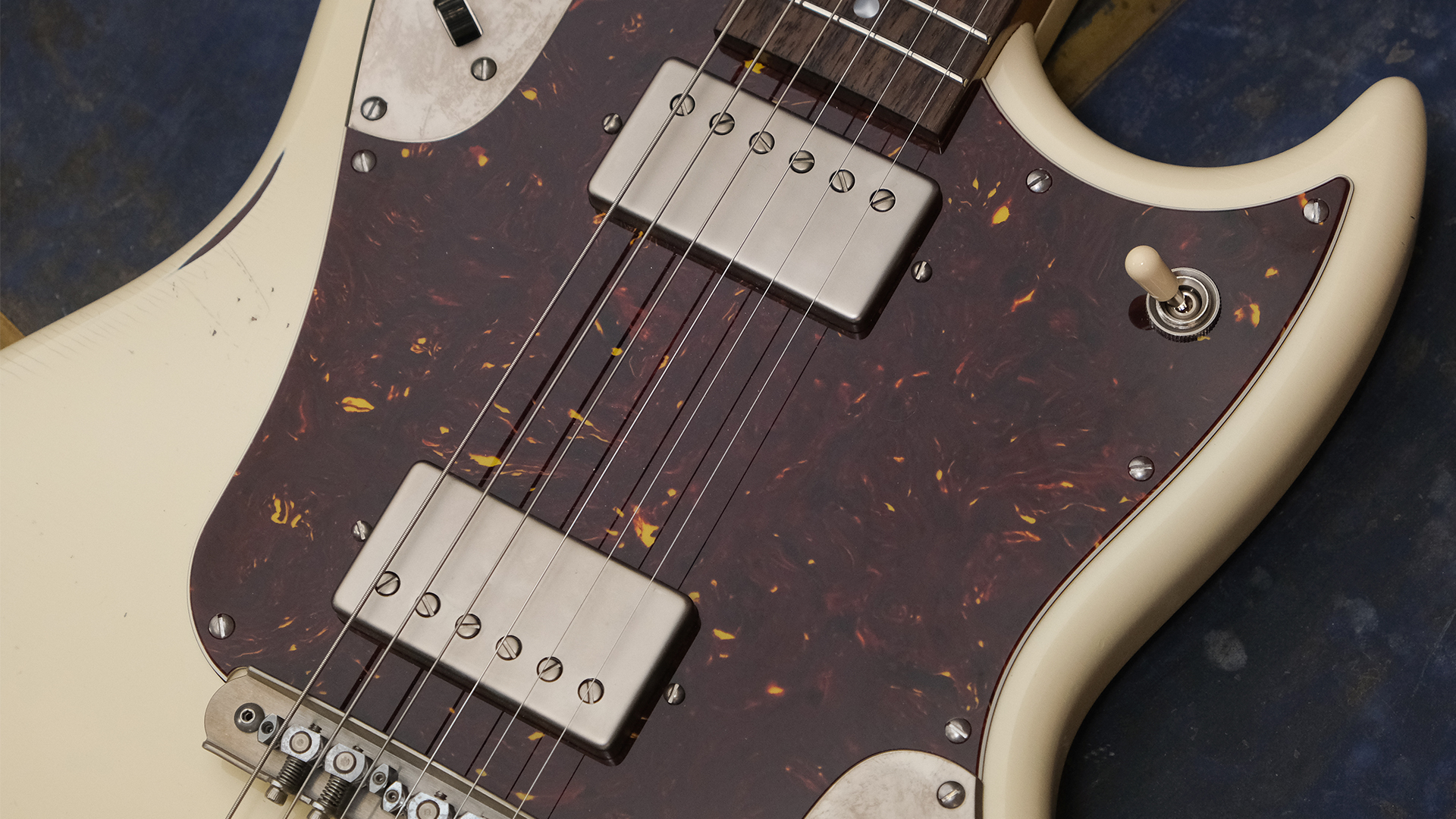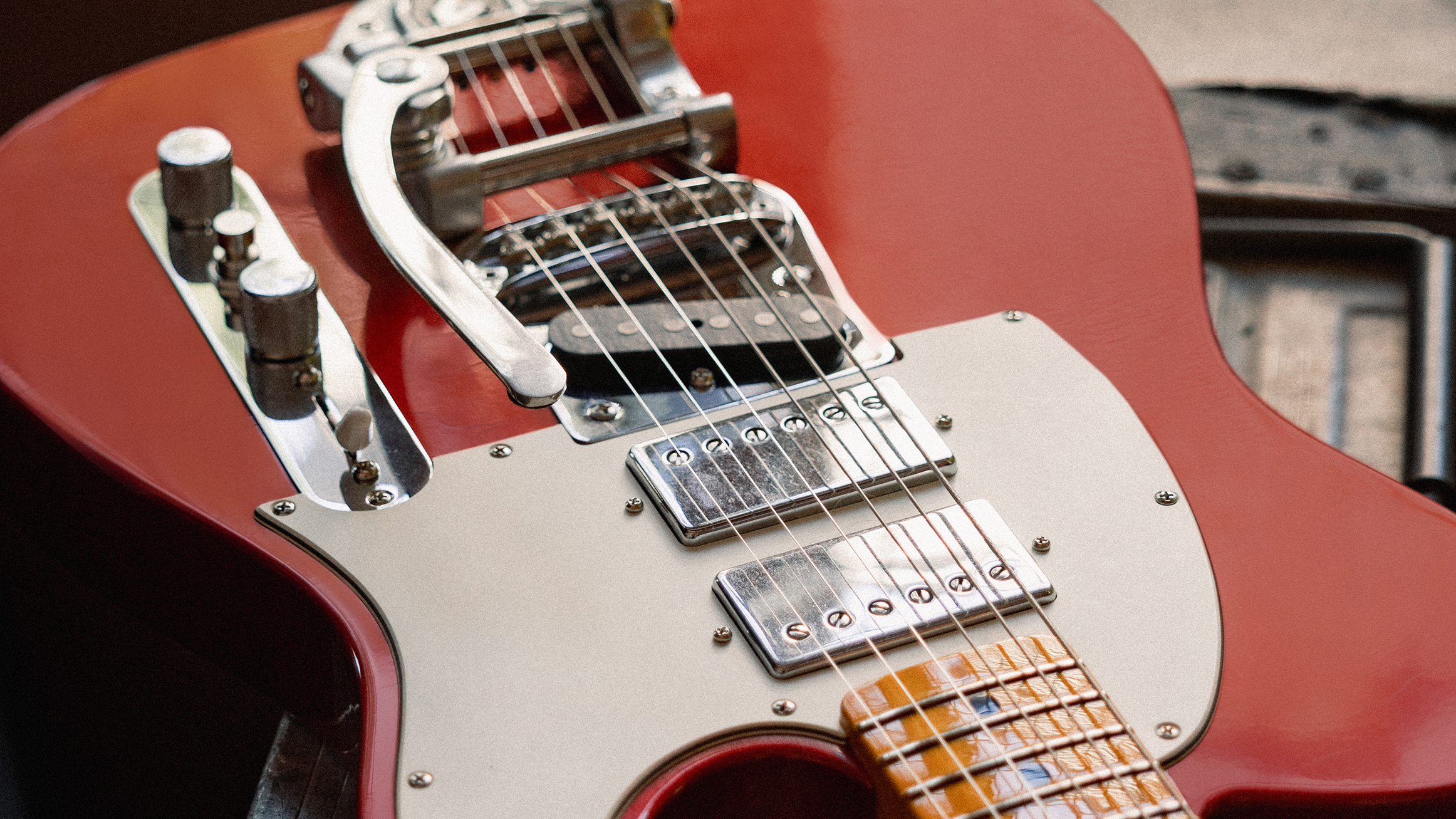GuitarPlayer Verdict
The Sonar is a fantastic new offering from a respected builder that a lot of players will undoubtedly enjoy. Indie- and alt-rock guitarists will appreciate its boutique-grade offerings, while players of classic rock, blues, pop and even rockabilly will find worthy tones here, making this a great all-rounder.
Pros
- +
Well-built and playfully styled
- +
Impressively versatile sounds.
- +
Wonderful retro looks
Cons
- -
Switching options might lead to minor confusion at first
You can trust Guitar Player.
The Frank Brothers Guitar Company of Toronto, Canada, cut a bold new figure in the market a few years ago with its debut model, the Arcade, and several variations of that set-neck, double-horned design have graced professional stages ever since. The new Sonar model represents one of a pair of fresh bolt-neck designs — alongside the Radar — which change up the formula considerably, while still representing key Frank Brothers touchstones for style and build quality.
The company was founded in 2014 by luthier brothers Nick and Tim Frank, with older brother Jon holding a back seat as a managerial partner. The trio represent the third generation of Franks working in music making and engineering, following grandfather Philip Frank, first violinist with the NBC Symphony Orchestra, and father Jim Frank, an award-winning recording engineer who worked with Peter Gabriel, Alice Cooper and the Guess Who.
Although Frank Brothers offers a range of specific models, each guitar is essentially “custom made,” and more or less a one-off. Which is to say, the basic shape is reflected from one Sonar or one Arcade to the next, but rarely will you find quite exactly the same combination of pickups, finish, hardware, paint and appointments.
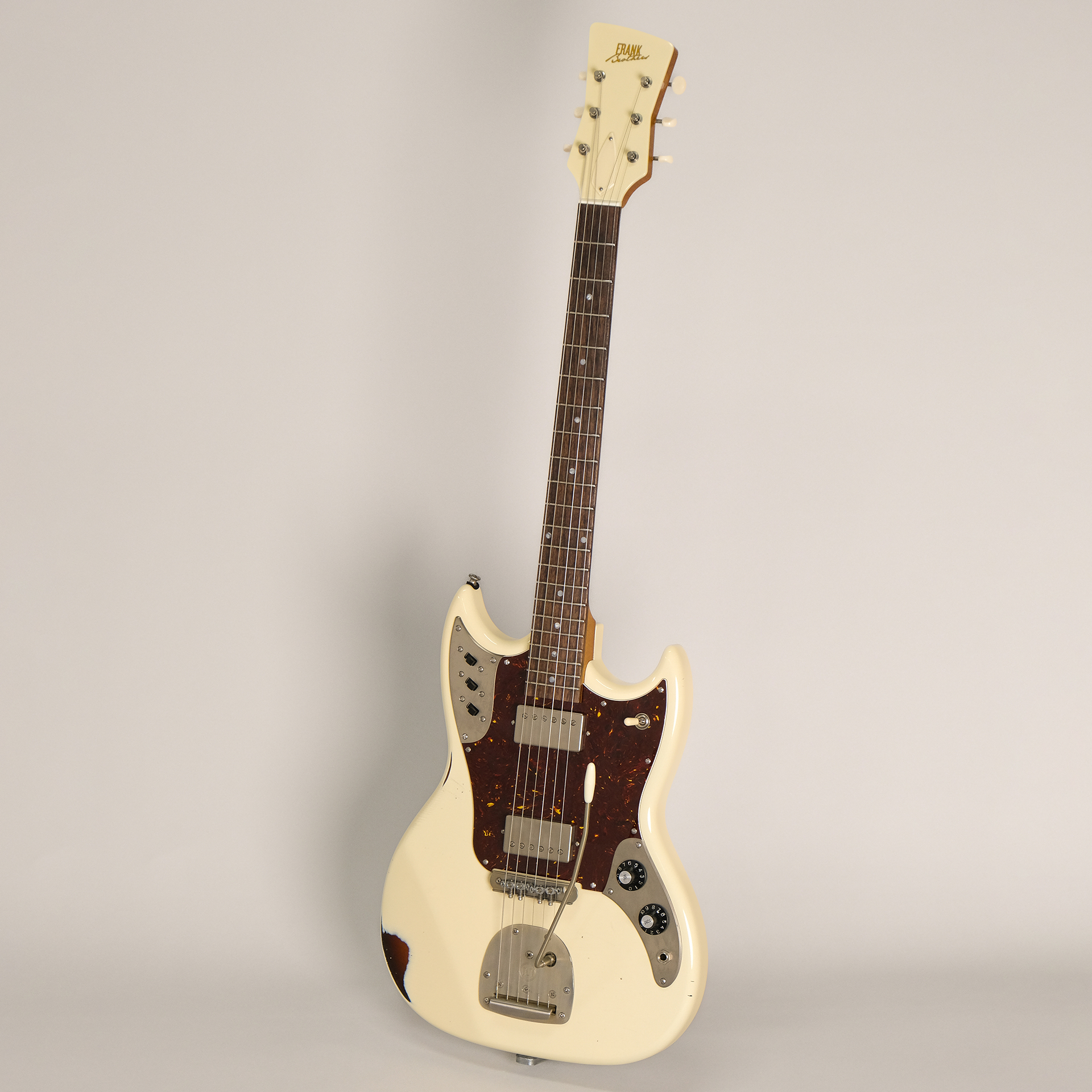
My review guitar is a great case in point: built to the Sonar’s distinctively offset-waist body shape, it presents several features that might land it in the Jaguar or Jazzmaster camp, yet the dual humbuckers immediately take it elsewhere — both visually and sonically.
“We find a lot of inspiration in vintage import brands like Hagstrom, Eko, Guyatone and Teisco,” Tim Frank tells me, “especially the models that were more grounded in Gibson and Fender designs. Those guitars tended to be stretched and warped interpretations of their American counterparts — they’re kind of like alternate-reality versions of the classics. The Sonar is intended to capture that fun alternate-reality vibe but with much more thoughtful proportions, curves, craftsmanship, sound and playability.”
Further regarding the design challenge the new model posed, Frank says, “The goal was to make something that looks familiar, but different, and not just different enough to avoid a lawsuit, but different enough to be considered its own thing. On top of that, the proportions, scale and balance have to be just right so that it doesn’t look out of place within the guitar design tradition.”
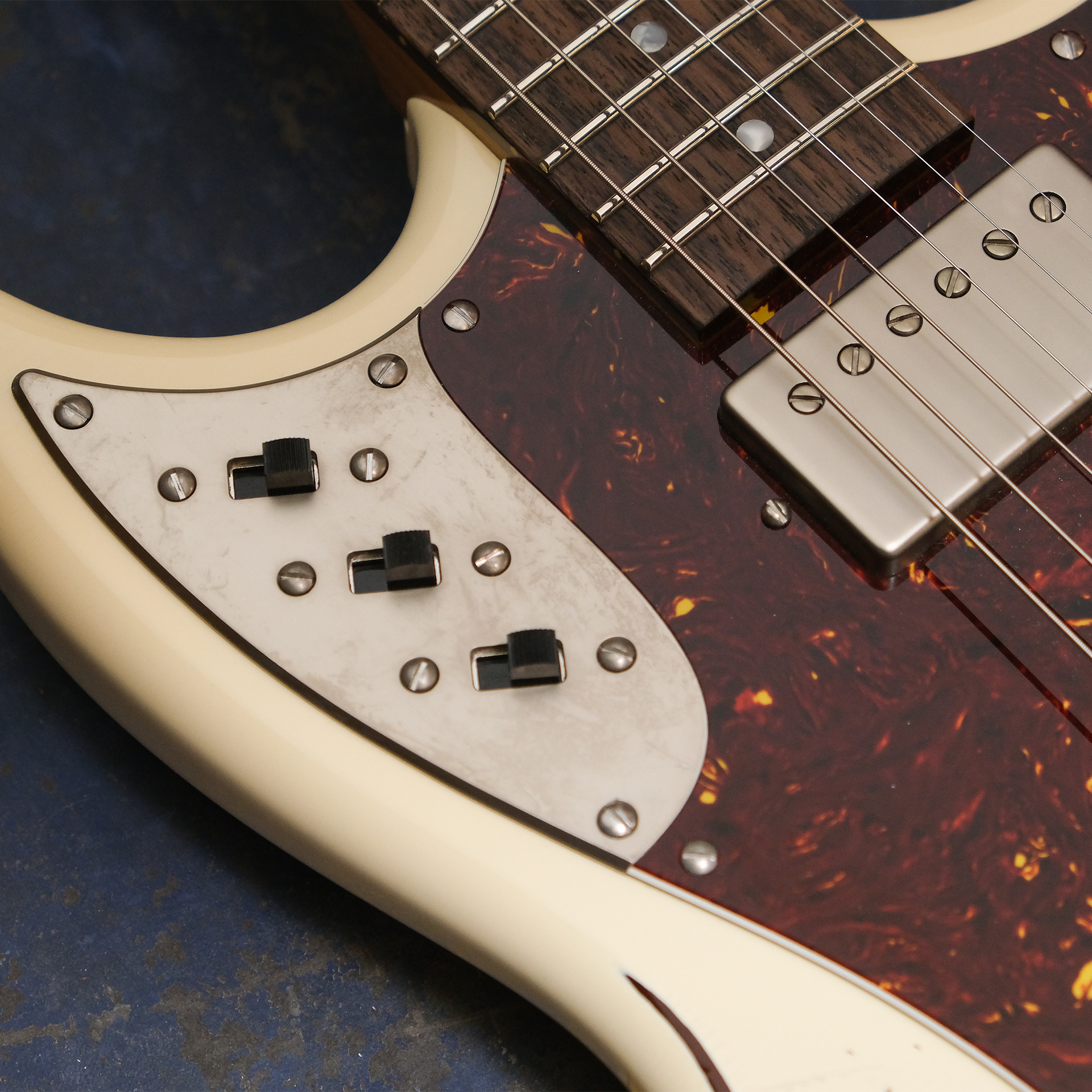
Build-wise, the Sonar’s main ingredients follow a recipe that most players will recognize as distinctly Fender-ish. The body is made from solid alder, carved for comfort with contours in the ribcage and forearm positions. The neck is made from roasted maple with an unbound rosewood fingerboard, and is attached with four wood screws through a metal mounting plate. The 25 1/2–inch scale length also speaks of the F-camp, although the pointy asymmetrical body horns and three-a-side, back-angled headstock give a nod or two toward Gibson (the Franks’ flagship Arcade model often touches on some Gretsch influences, too).
My example carries a slim-C neck carve that measures .800" deep at the 1st fret and .900 inches at the 12th, but that’s a variable that Frank Brothers can alter to suit the customer’s preferences. All in all, it’s a fun and rather alternative take on the steadily trending “offset” theme, which comes off as surprisingly cohesive despite the clear mashup of otherwise disparate elements.
Clever and playful cosmetic touches add further to the overall feel of the design. The finish on this one is something the Frank Brothers call Nicotine White, an aged off-white that’s been given enough wear to reveal a sneaky peak at the sunburst finish beneath it, seen mostly at edge of the forearm contour. A tortoise pickguard with segmented nickel control plates and color-matched headstock further complement the vibe.
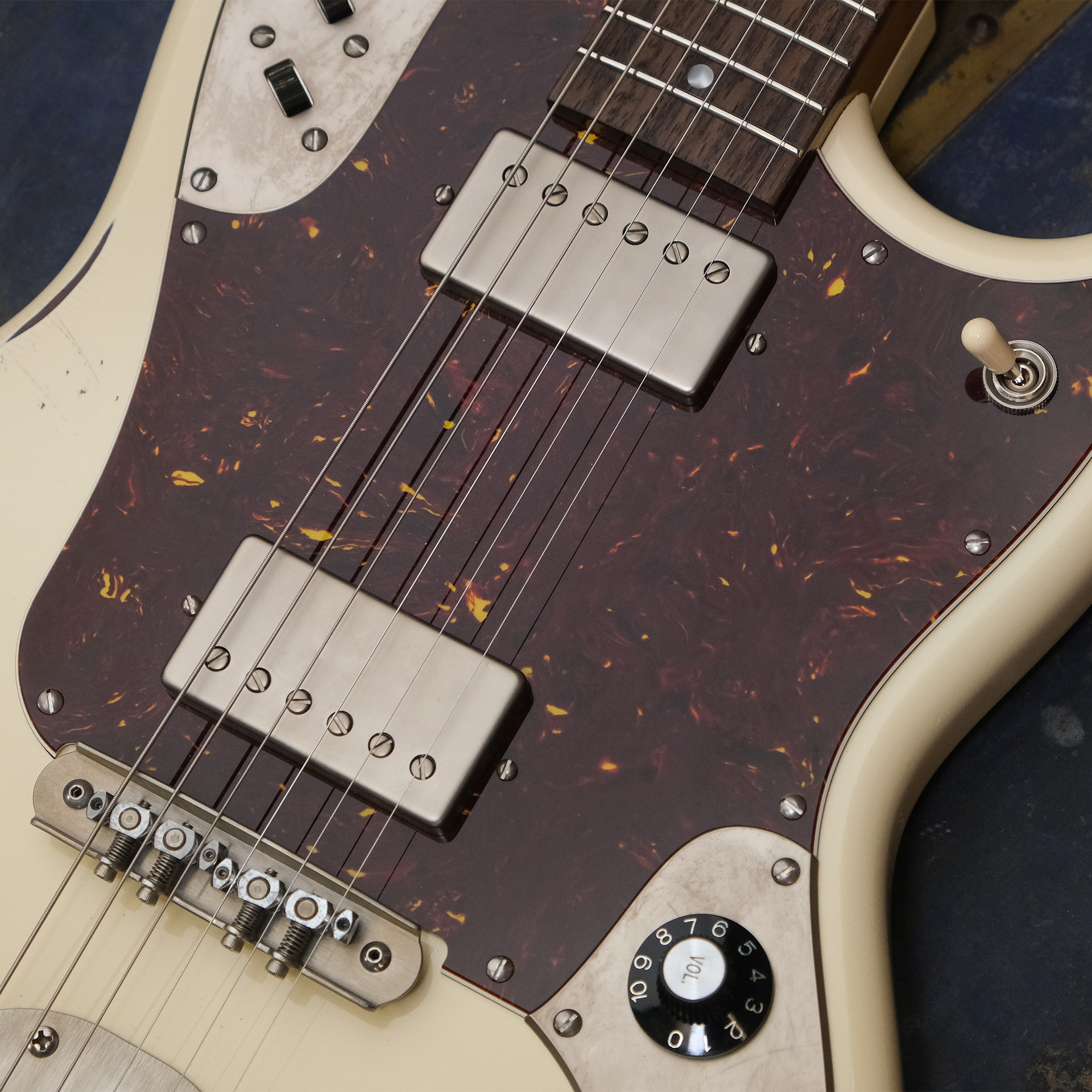
A couple of ingredients you don’t see are employed to strengthen what has proven a weak point in other guitars — usually with glued-in necks — that use back-angled headstocks like the one seen here.
“All of our guitars, including the Sonar, feature a diamond volute that is actually a very cool piece of joinery. The headstock is a separate piece from the shaft of the neck, and we use a traditional dovetail, or V joint, to join them together. This reinforces the area where a headstock would normally be prone to breaking if dropped, because this joint eliminates grain runout and adds extra wood behind the truss-rod cavity, which is a common weak zone on guitars with angled headstocks. This type of joint is found on pre-WWI Martins, and some very high-end classical and flamenco guitars.”
The JM-style vibrato is pretty much de rigueur on an offset build these days — with highly respected Mastery parts populating the bridge and tailpiece positions on this Sonar — but the inclusion of a pair of humbuckers sends the formula in an interesting new direction. Dubbed Frank V.O. humbuckers, they are custom-made by Canadian winder McNelly to the Frank Brothers’ vintage PAF–inspired specifications. These are wired through slider switches on the upper horn for individual coil splits plus a “blower” switch, which bypasses all controls to connect the pickup(s) directly to the output jack for an instant lead setting.
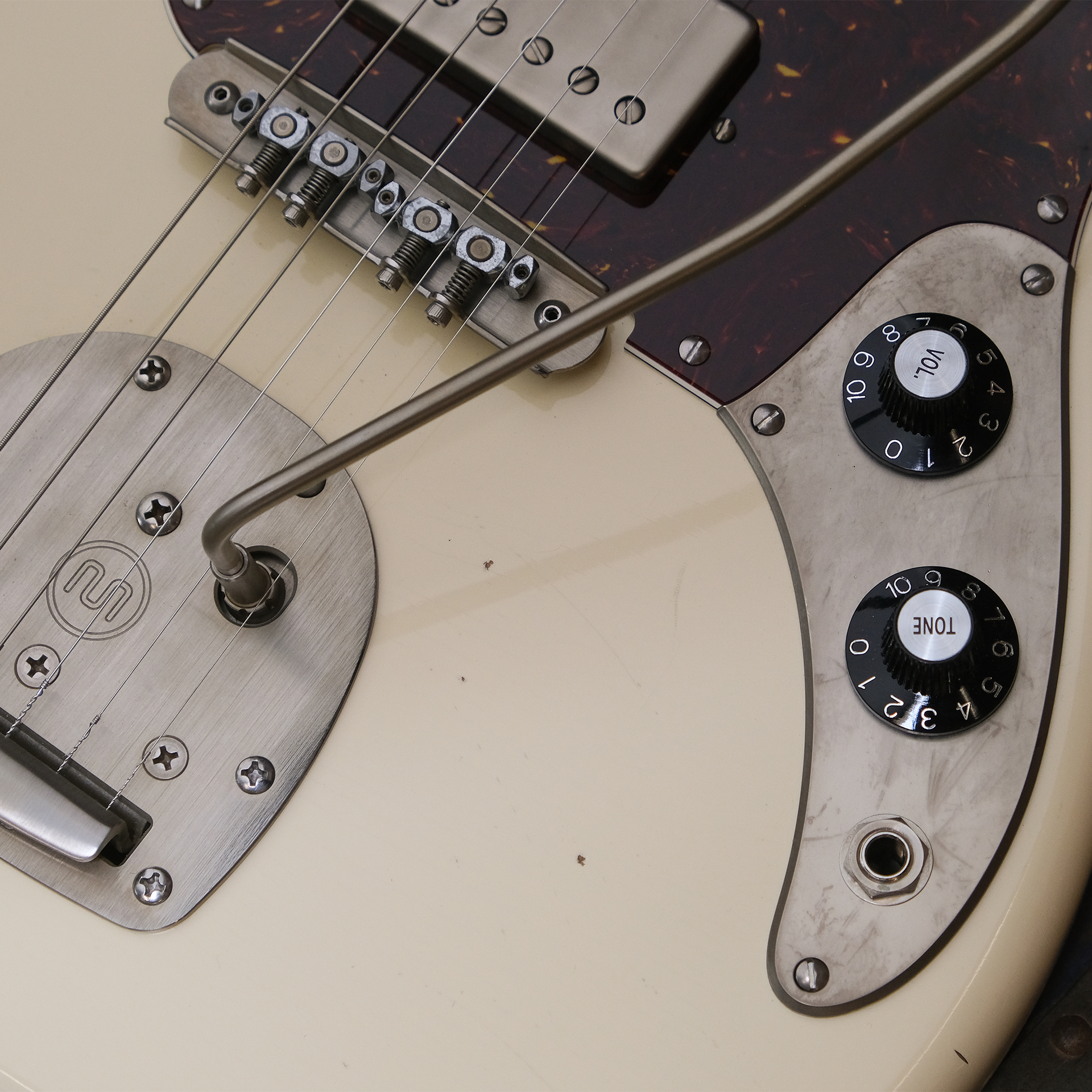
Despite inspiration from the realms of Hagstrom, Eko, Guyatone, and Teisco, the Sonar’s overall fit, finish and playability are firmly in line with the high-end quality I’ve experienced in other Frank Brothers models, making this a fun and unique guitar that’s nevertheless a sleek beast of a performer. Tested through a tweed Deluxe-style 1x12 combo, a 65amps London head and 2x12 cab, and a Fractal FM9 modeler, the Sonar quickly revealed the versatility to do a little of just about anything, while doing many things extremely well.
The alder-and-maple combo through vintage-style humbuckers enables a crisp, detailed voice that’s still able to thicken up and rock out as desired. The Frank V.O. pair can be clear and articulate through a clean-ish amplifier, yet with the body and warmth you’d expect from this style of pickup. Given some overdrive, though, they really sizzle and sing, while retaining that note separation that enhances the multi-dimensionality in chords and lead runs alike.
But if all of this seems to take it further from the F-inspired sonic camp that’s otherwise central to the build, those coil-split switches get us right back into bolt-neck tonal territory. Not that the split humbuckers sound quite like traditional single-coils, but they’re certainly close enough for rock and roll, delivering plenty of chime and jangle, plus sharper and more biting overdriven sounds when you need them. All in all, the switching — and the blower switch to instantly dive back out of it — increases this Sonar’s versatility exponentially, while giving the tone crafter a lot to explore in the process.
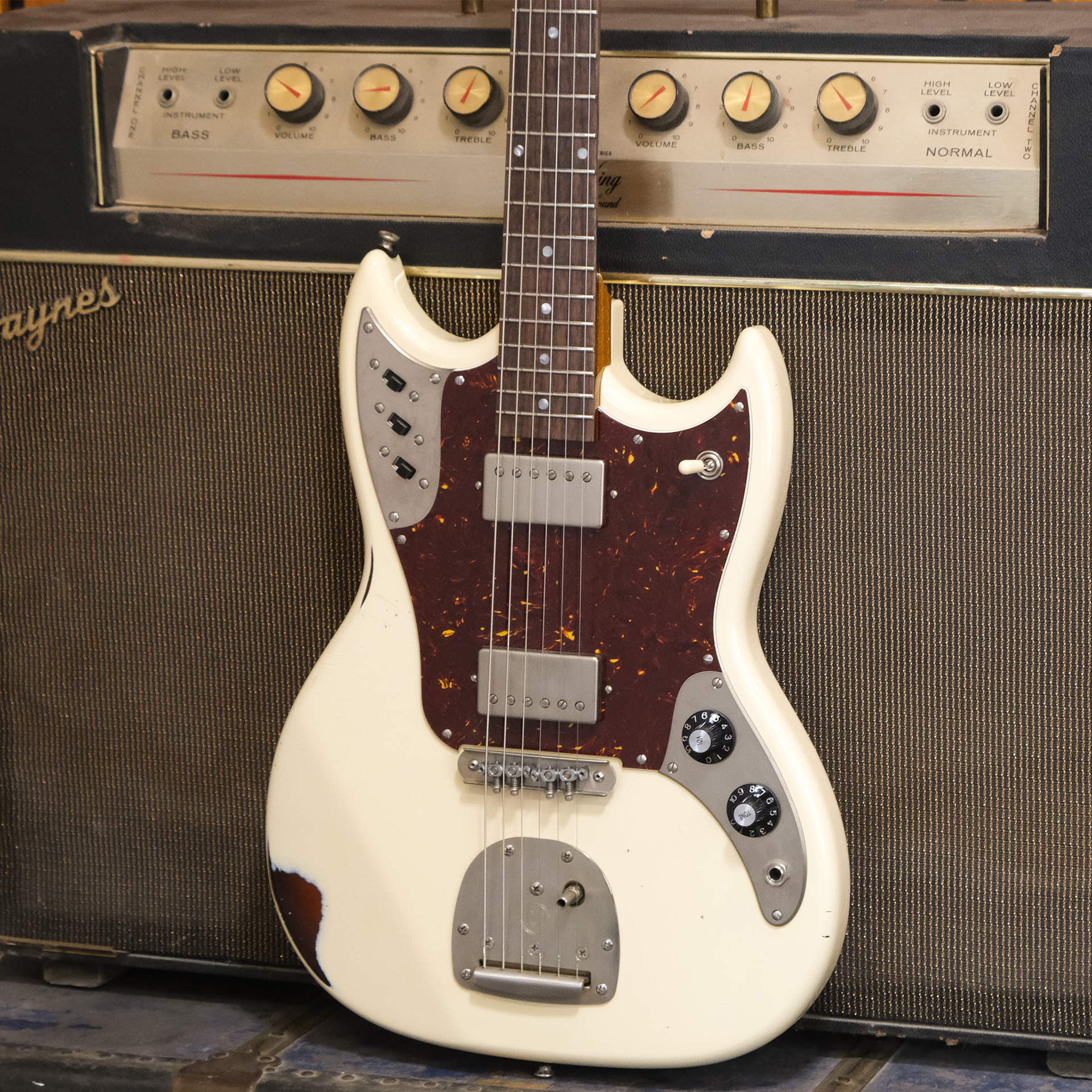
Simply put, as much of a surprise as this model might first have seemed coming from a respected builder that established its style in the set-neck camp, the Sonar makes a fantastic new offering that a lot of players will undoubtedly enjoy. It will most likely appeal to the broad range of indie- and alt-rock guitarists who appreciate what a boutique-grade electric guitar has to offer, yet the Sonar barely breaks a sweat deviating into classic rock, blues, pop or even some twang, making it a great all-rounder to boot.
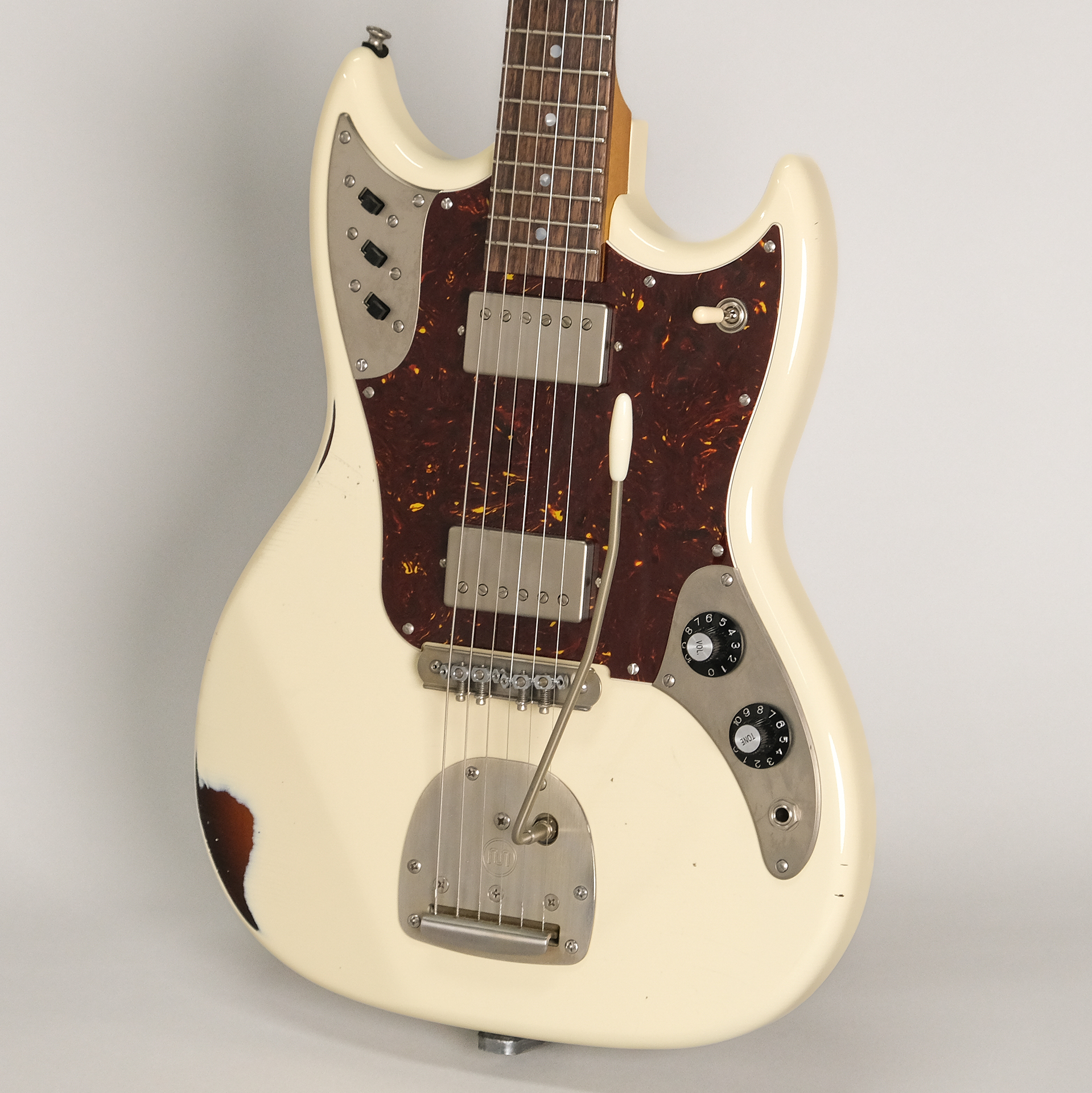
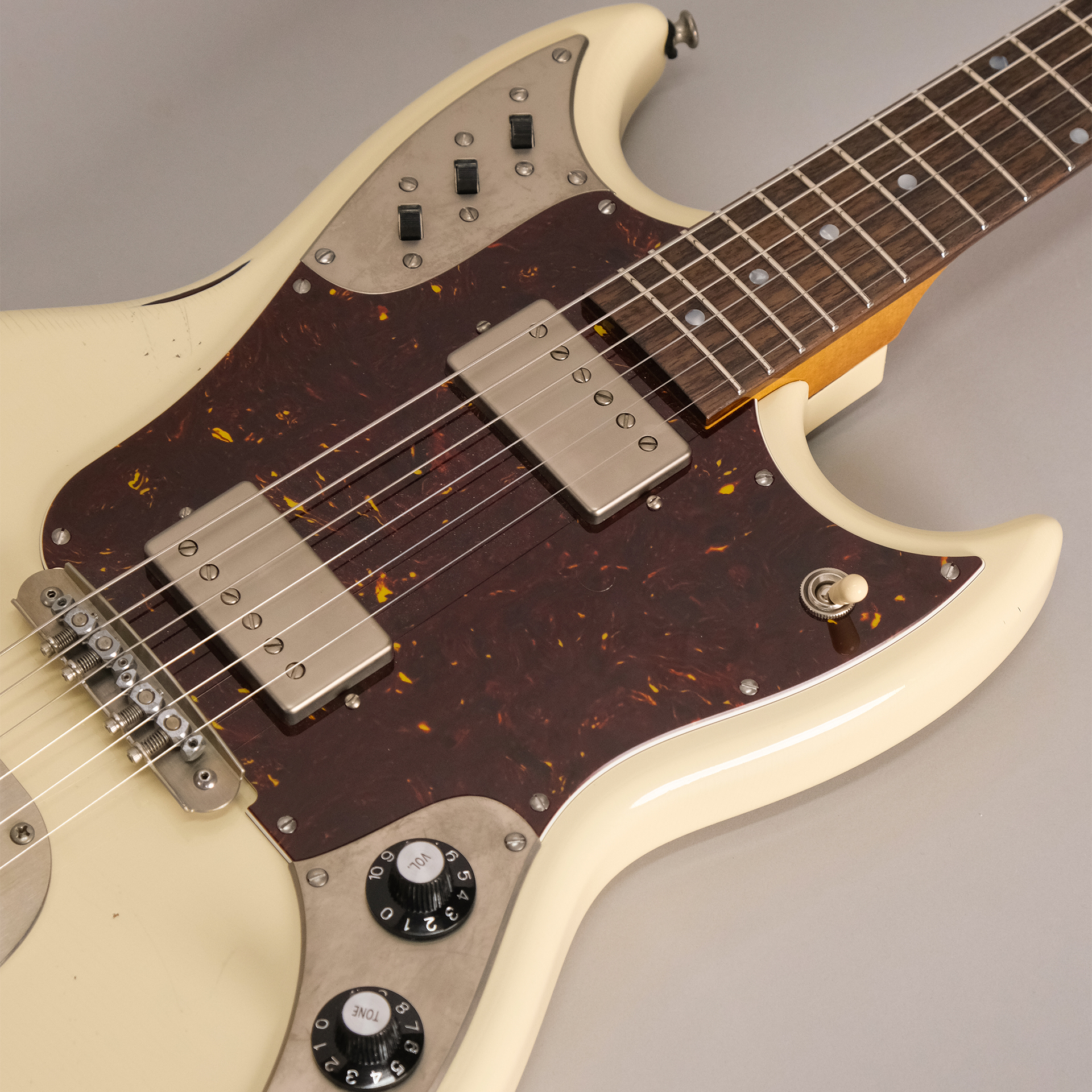
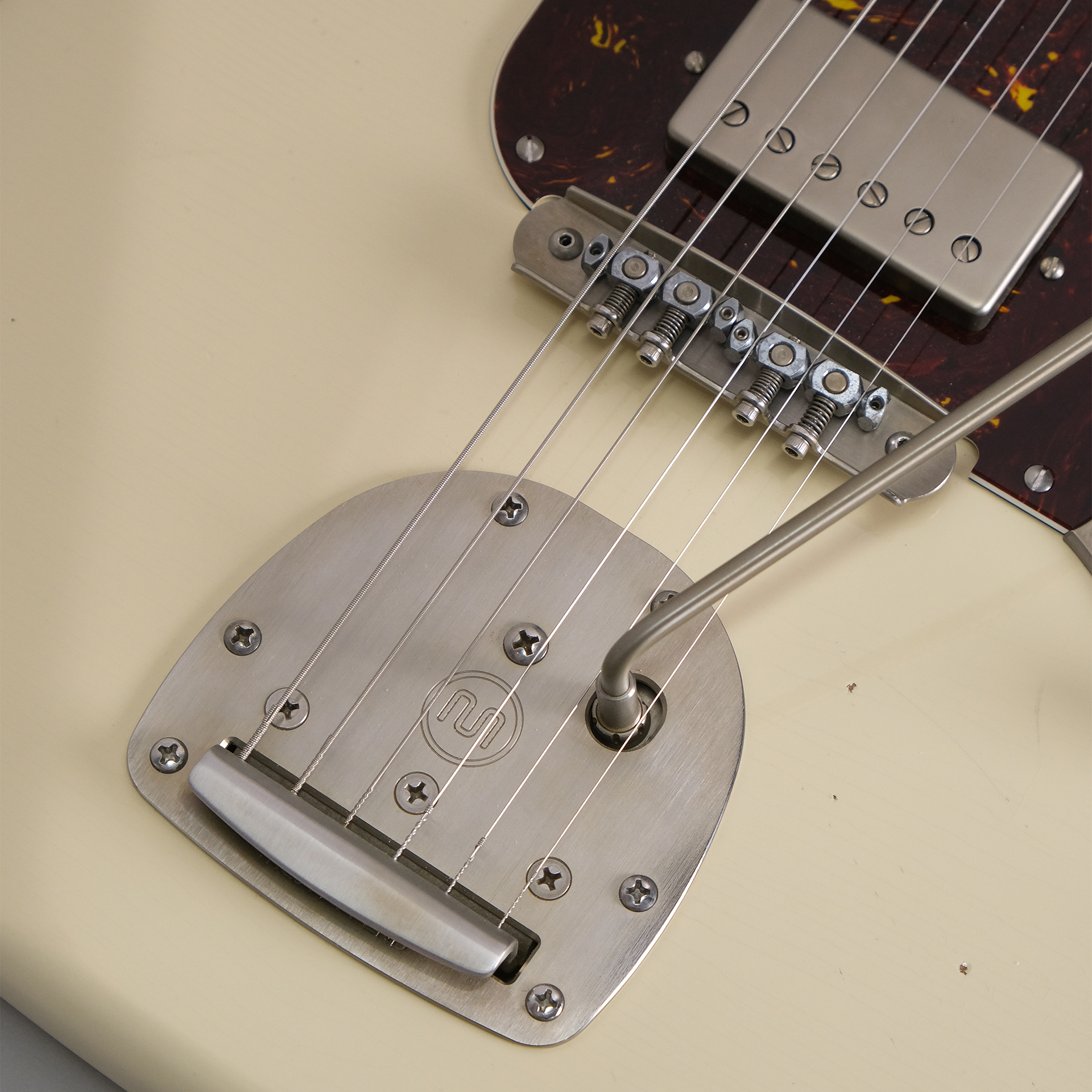
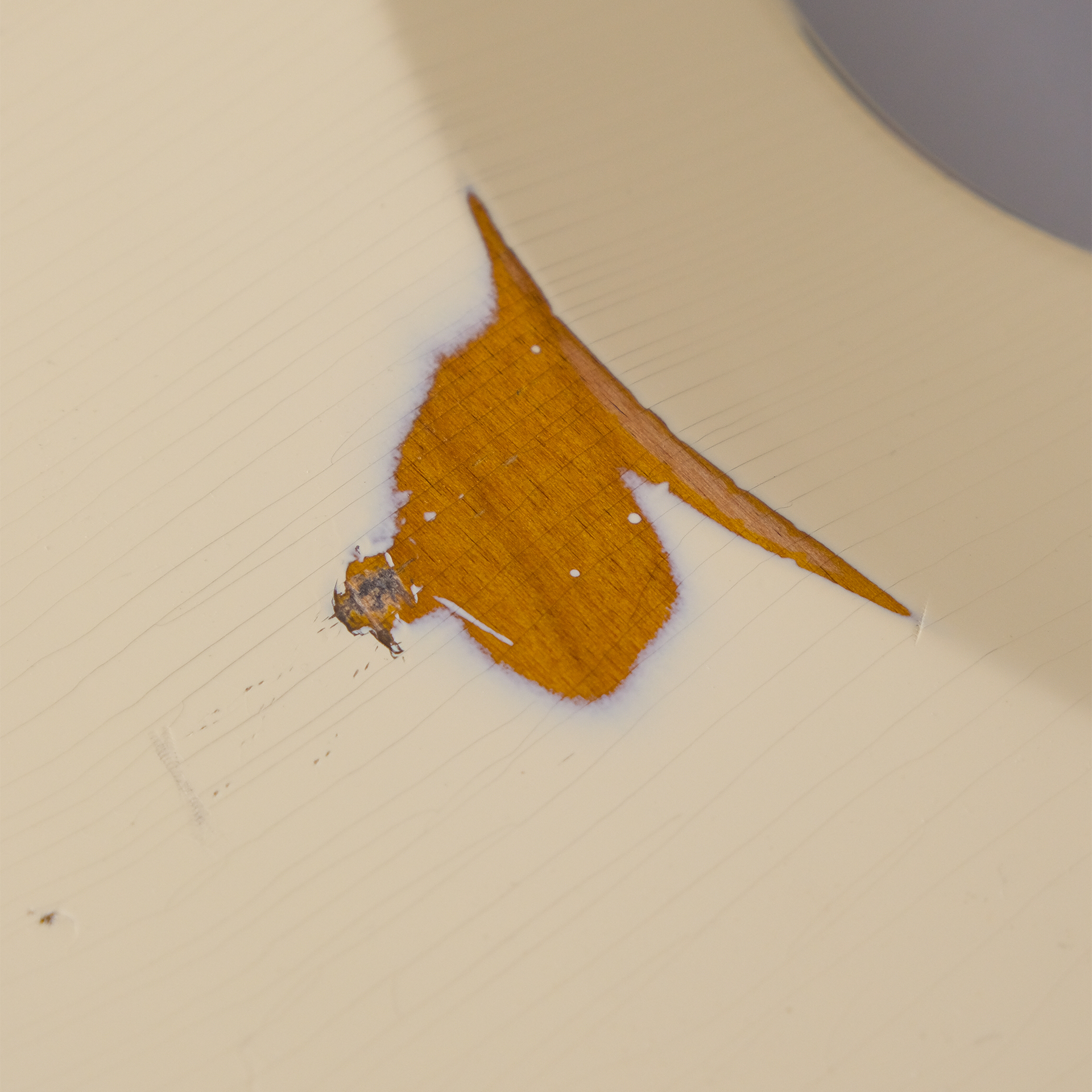
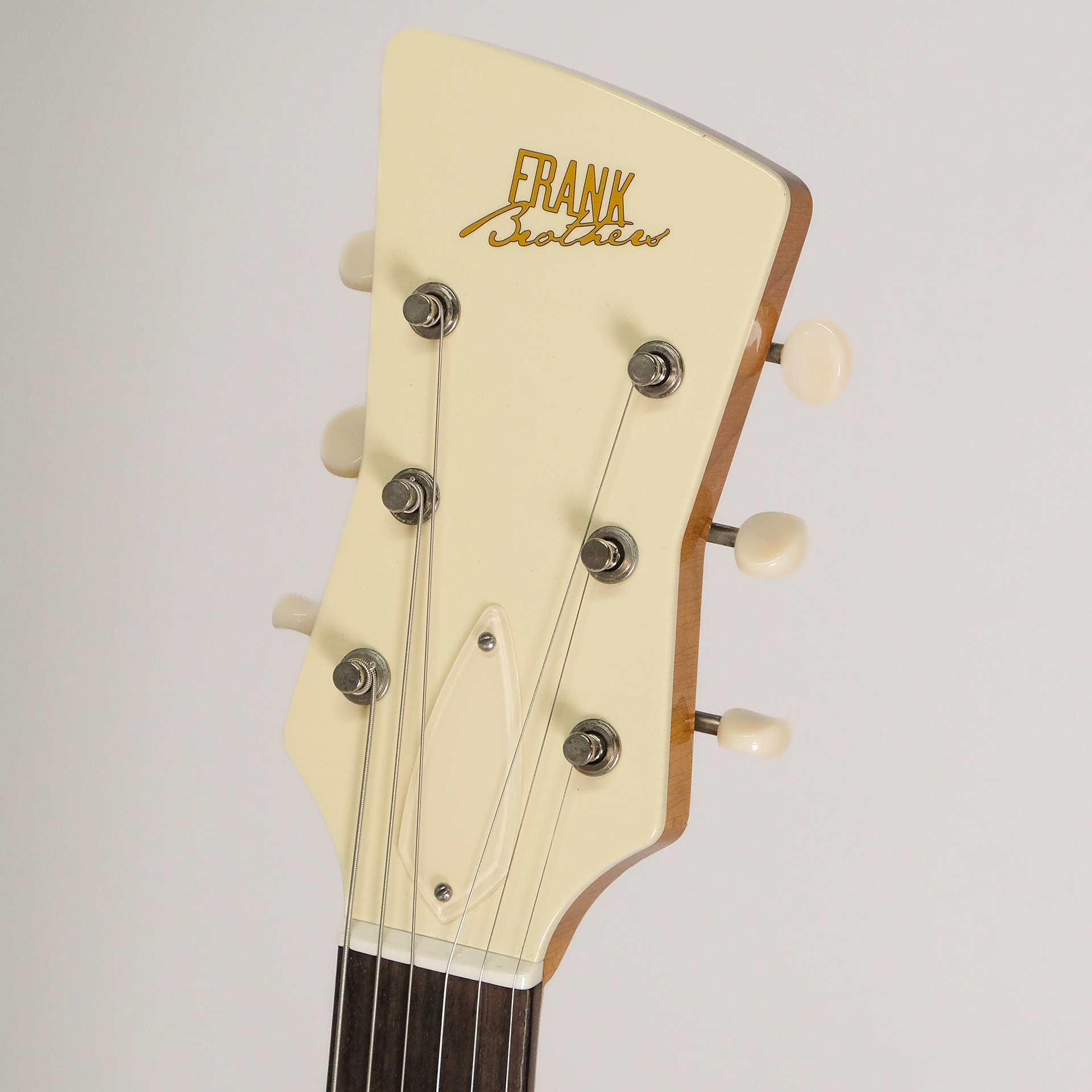
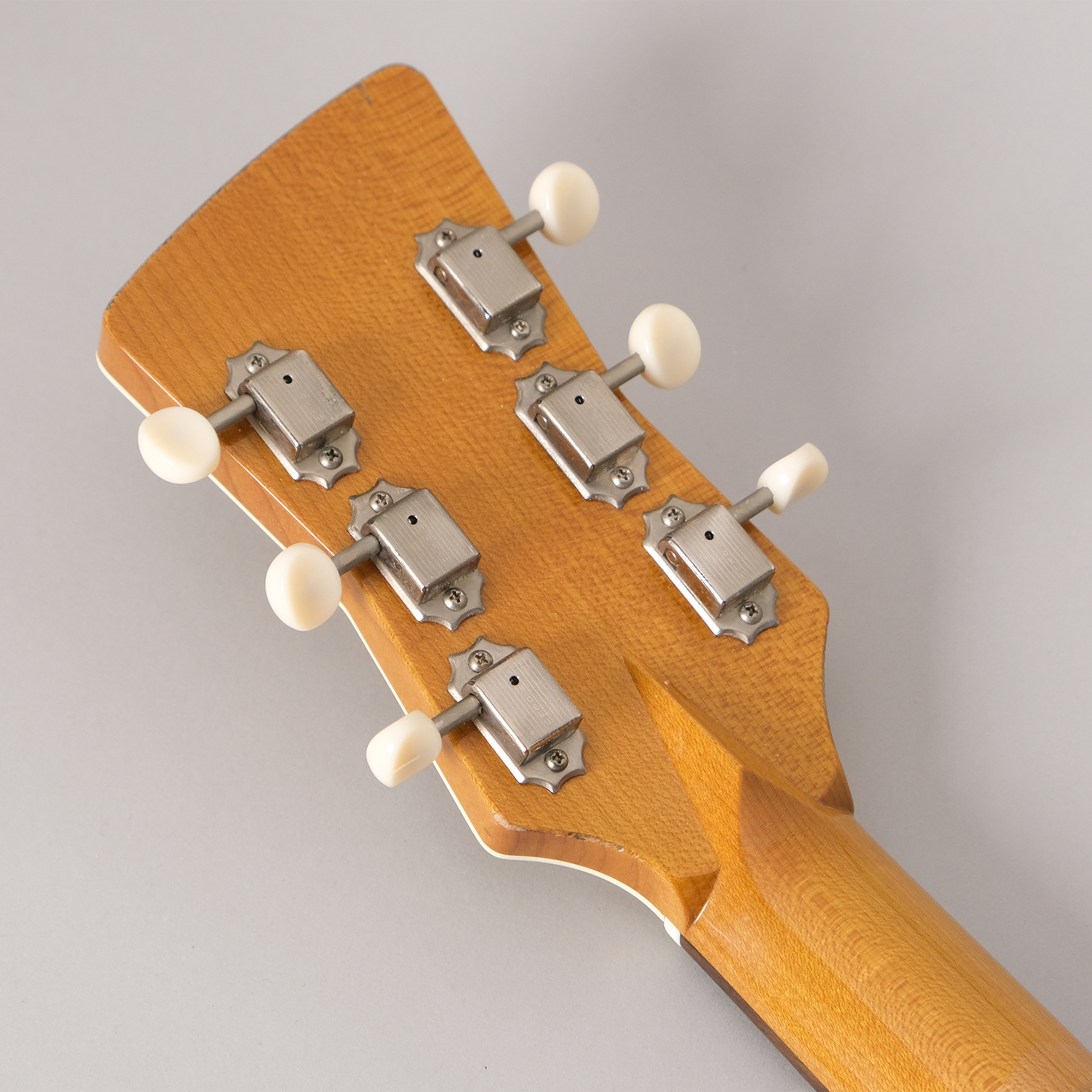
SPECIFICATIONS
MODEL Frank Brothers Sonar
CONTACT frankbrothersguitars.com
PRICE $3,195 direct
NUT Bone, 1.65" wide
NECK Roasted maple, 25.5" scale length, slim “C” profile
FRETBOARD Rosewood, 9.5" radius
FRETS 21 medium
TUNERS Kluson Deluxe
BODY Solid alder
BRIDGE Mastery bridge and offset vibrato
PICKUPS Two Frank Brothers “V.O.” Humbuckers custom made by McNelly
CONTROLS Master Volume and Tone controls, three-way selector switch, individual coil split and “blower” (tone bypass) slide switches
FACTORY STRINGS D’Addario .010-.046
WEIGHT 7.3 lbs
BUILT (country of origin) Canada
KUDOS A well-built and playfully styled guitar offering impressively versatile sonics.
CONCERNS Switching options might lead to minor confusion at first.
Dave Hunter is a writer and consulting editor for Guitar Player magazine. His prolific output as author includes Fender 75 Years, The Guitar Amp Handbook, The British Amp Invasion, Ultimate Star Guitars, Guitar Effects Pedals, The Guitar Pickup Handbook, The Fender Telecaster and several other titles. Hunter is a former editor of The Guitar Magazine (UK), and a contributor to Vintage Guitar, Premier Guitar, The Connoisseur and other publications. A contributing essayist to the United States Library of Congress National Recording Preservation Board’s Permanent Archive, he lives in Kittery, ME, with his wife and their two children and fronts the bands A Different Engine and The Stereo Field.
“If you can't do it in two takes, you can't do it”: David Lee Roth was a demanding band leader – his former guitarists dish the details on what it was like to be his foil
"I got carried away": How being in Whitesnake with Steve Vai made Adrian Vandenberg a better player
"Phil Mogg was cool but he didn't have his stuff together…" Yngwie Malmsteen on why he rejected UFO to venture into the unknown with Alcatrazz
